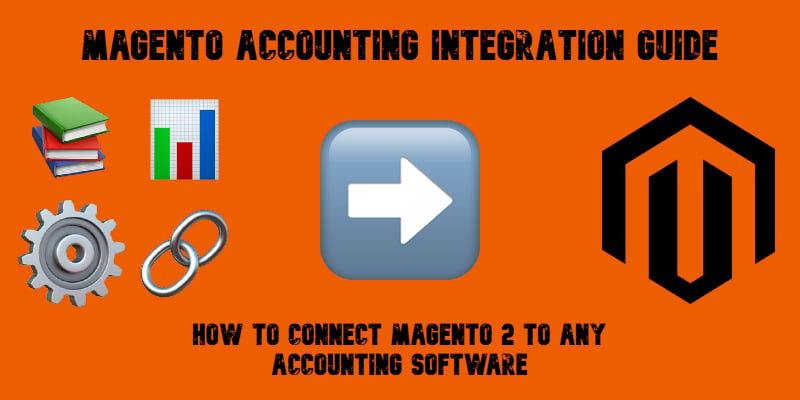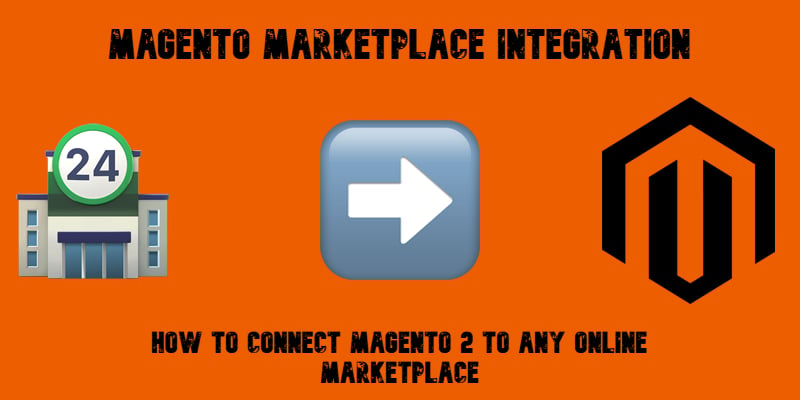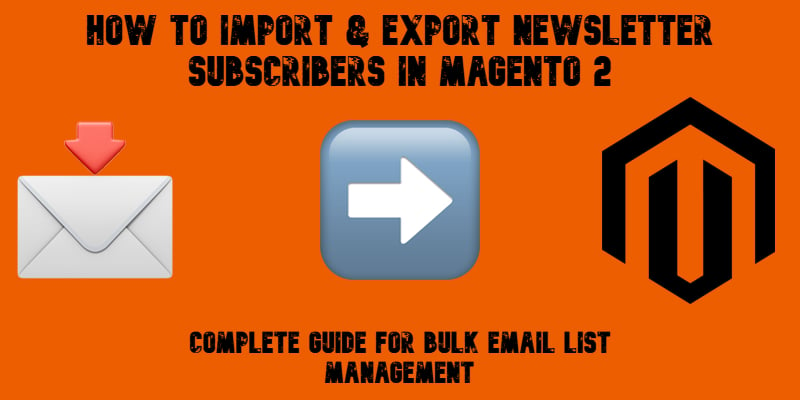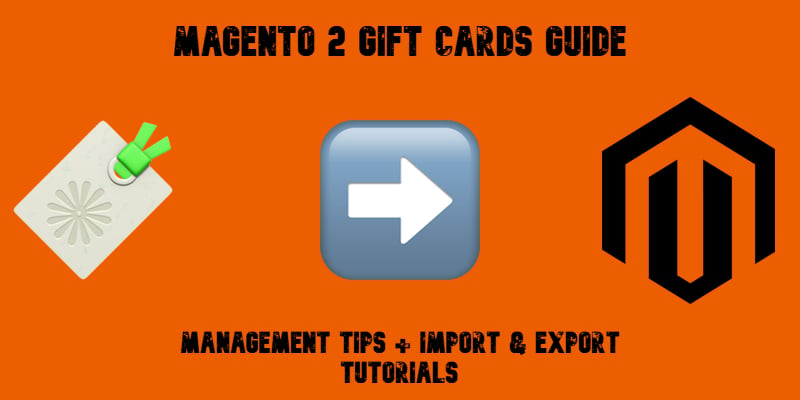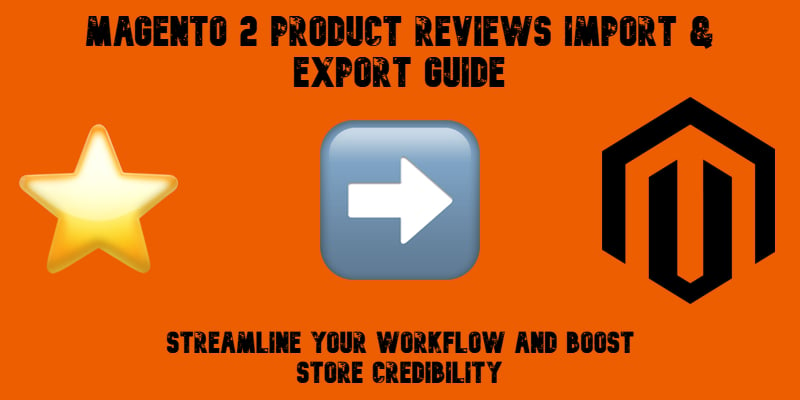What is QuillBot AI? A 2025 Breakdown of Its Paraphrasing, Grammar, & Plagiarism Tools

Struggling with writer’s block or tired of repetitive phrasing? Or perhaps, looking for an AI assistant that can polish your text, fix grammar, and even make AI-generated content sound more natural? Meet Quillbot AI — a versatile writing tool trusted by students, professionals, and marketers worldwide.
At its core, Quillbot AI is best known for its powerful paraphraser, which rephrases sentences while keeping their original meaning intact. However, the functionality of Quillbot goes far beyond rewriting. It completely rewamps the standard writing routine with features like the Quillbot grammar checker, citation generator, summarizer, and the increasingly popular Quillbot AI humanizer. Thus, the platform is positioned as an all-in-one writing companion.
In this guide, we’ll explore how Quillbot works, test claims about its AI detector accuracy, compare its free and premium features, and see how it stacks up against other writing tools. By the end, you’ll know whether Quillbot AI is still worth using in 2025 — and how it can fit into your marketing efforts and content strategy.
Continue Reading
